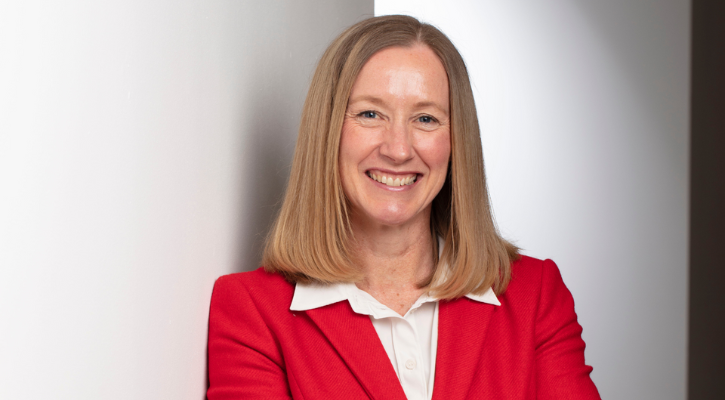Attend any Entrepreneurs’ Forum event and you’ll likely meet Elaine Stroud – the Forum’s CEO, a champion for North East entrepreneurship and an avid note taker! In this article she details what she learned at our round table discussion ‘How to Say No’ led by TrendBible founder and CEO Joanna Feeley.

January is a month for setting new resolutions and refocusing. therefore it was timely to meet to talk about how to take control of our diaries, and importantly know when to say no.
In a round table discussion led by TrendBible founder and CEO Joanna Feeley, the following key messages were shared:
1. Your time is both valuable and finite. As a founder and business leader, t’s unlikely you can accept every opportunity you are given; you need a system to prioritise your time which will allow you to decide what you priorities and importantly what you’ll need to sacrifice.
2. You will need to say yes to more when you are in start-up mode.
3. Start-ups need to build their networks so need to take more opportunities to do this. Established business owners typically have strong networks and can have more control over what they say yes to. And because they have larger networks, they can also more easily recommend others to answer any requests, rather than say yes themselves.
4. It takes discipline and practice to know what invites to accept. Have a system for reflection on the past week/month(or quarter) to ask yourself whether you did anything / attended events that you didn’t need to. We discussed colour coding in your calendar events that other people put in – this is a really visual way of looking at what you’ve put in that you didn’t choose to do yourself. When reflecting, look for patterns of things you typically say yes to, that in hindsight you wish you hadn’t.
5. t’s always better to say no than to ignore. It’s easier to say no via email than in person. Some people have a policy of never saying yes on the phone/in person. A good idea is to build some language and rules that you can follow which will make declining easier
- Try to say no in a constructive way. When declining, can you be helpful? Can you use one of the following responses?
- “Yes, but not now” (be clear on when if you’re agreeing to an alternative date)
- “Yes, but it’s not me that you need” (and recommend someone else instead)
- “No, I can't help but how about this angle?”
- “Can you give me more information so that I can give you a better response?
6. Always consider the timeframe of the request. Often you may be asked to do something 6 months in advance when your diary is likely to be clear. Ask yourself, would I say yes if they were asking me to do this next week?
7. Should you be paid for your time? The group agreed that giving away your time for free needs to be carefully considered. Is it creep on your services – should you be paid? If so, ask for it. Ask yourself, will this use of my time advance my business?
8. Look at ways where you can reduce the number of requests you receive. This can be done by clearly defining what your role, as leader of the business, requires. If you find yourself getting pulled into conversations and workflows that you don’t really need to be involved in, ask yourself whether you can be removed from the carbon copy of the email. Do you need to attend all the internal meetings you are scheduled to attend? Be explicit with your team on what you need to know about and what you want them to handle.
Further Reading
And for further reading on the topic, we discussed the following two books:
- The Joy of Saying No by Natalie Lue
- Atomic Habits by James Clear







